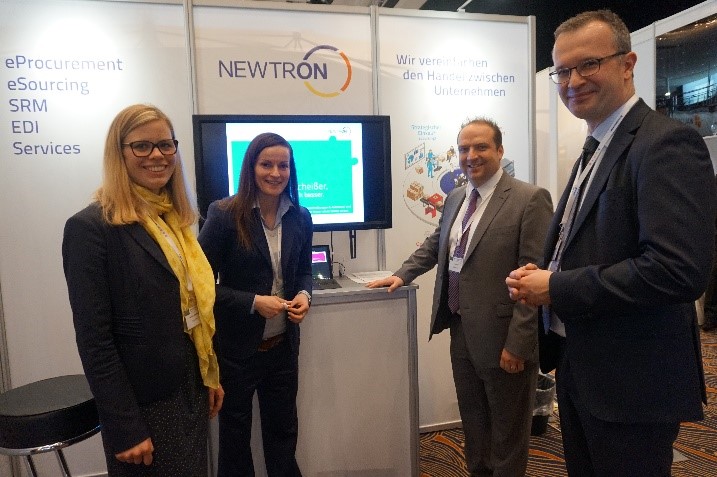Indirect Procurement: The only way is up!

At many companies, process optimization in purchasing focuses on direct material. The purchase of indirect material, however, often still takes place under the radar. Perhaps a bit overstated as; What is there to optimize, if I only purchase pencils?
But indirect procurement involves much more than pencils, pens and ground coffee. Of greater importance and complexity are goods such as a company’s IT equipment, office furnishings and – not to be underestimated – the purchase of services of all kinds. Indirect procurement thus accounts for a significant share of the procurement volume of a company, even in industrial enterprises.
So it is definitely worthwhile to consider process optimization as well in the procurement of indirect material. Bosch recently demonstrated how much leverage lies dormant here. With a strategic reorientation in indirect purchase, the company has not only unlocked the potential of Purchasing 4.0, but also won the BME Innovation Award.
Optimization of indirect purchasing – but how?
What is needed? For starters, it is important that the entire purchase-to-pay process also be digitalized. Indeed, it must begin with inquiries during the sourcing process and run from operational processing of orders and entry of services performed, all the way to an electronic invoice. This should all take place within a single, seamless process.
Solutions which consistently consider the invoice in terms of the order can demonstrate their particular strengths here. This means that data are automatically updated and enriched throughout the process. This ensures that the invoice is unambiguously referenced to the purchase order – which not only makes the procedure compliant with the tax authority, but also significantly simplifies and speeds up invoice verification considerably.
In addition to providing optimum support for all collaborative processes with indirect suppliers, catalog functions are also important. After all, indirect material is not usually ordered by professional buyers, but rather by the departments in the organization. For them, the purchasing process should be as simple as possible, using Amazon as a role model.
The same is true for services which can also be procured via catalog. It is moreover advisable to incorporate volume inquiries into the catalog. For suppliers with pre-negotiated prices, requesters can then query the desired scope of a service directly using the Shopping Cart, without having to include the purchase.
Further savings potential is generated when the service provider enters the services performed. This also relieves Purchasing because the progress of the services rendered is transparent and no longer needs to be administered.
Direct + indirect procurement = comprehensive purchasing optimization
Finally, a little peek into the future: Some areas of the market are pointing to a merger of procurement processes for indirect and direct material. An appropriately comprehensive purchase-to-pay solution must reflect the specifics of both areas as well as possible, without one encroaching on the other.
Solutions are needed which, on the one hand, support the complex and highly collaborative processes involved in the procurement of production material. On the other hand, they must be equally up to the challenges of indirect sales – especially with a focus on user-friendliness. True to the motto: As simple as possible, as complex as needed. Ultimately everyone benefits, both direct and indirect procurement.



